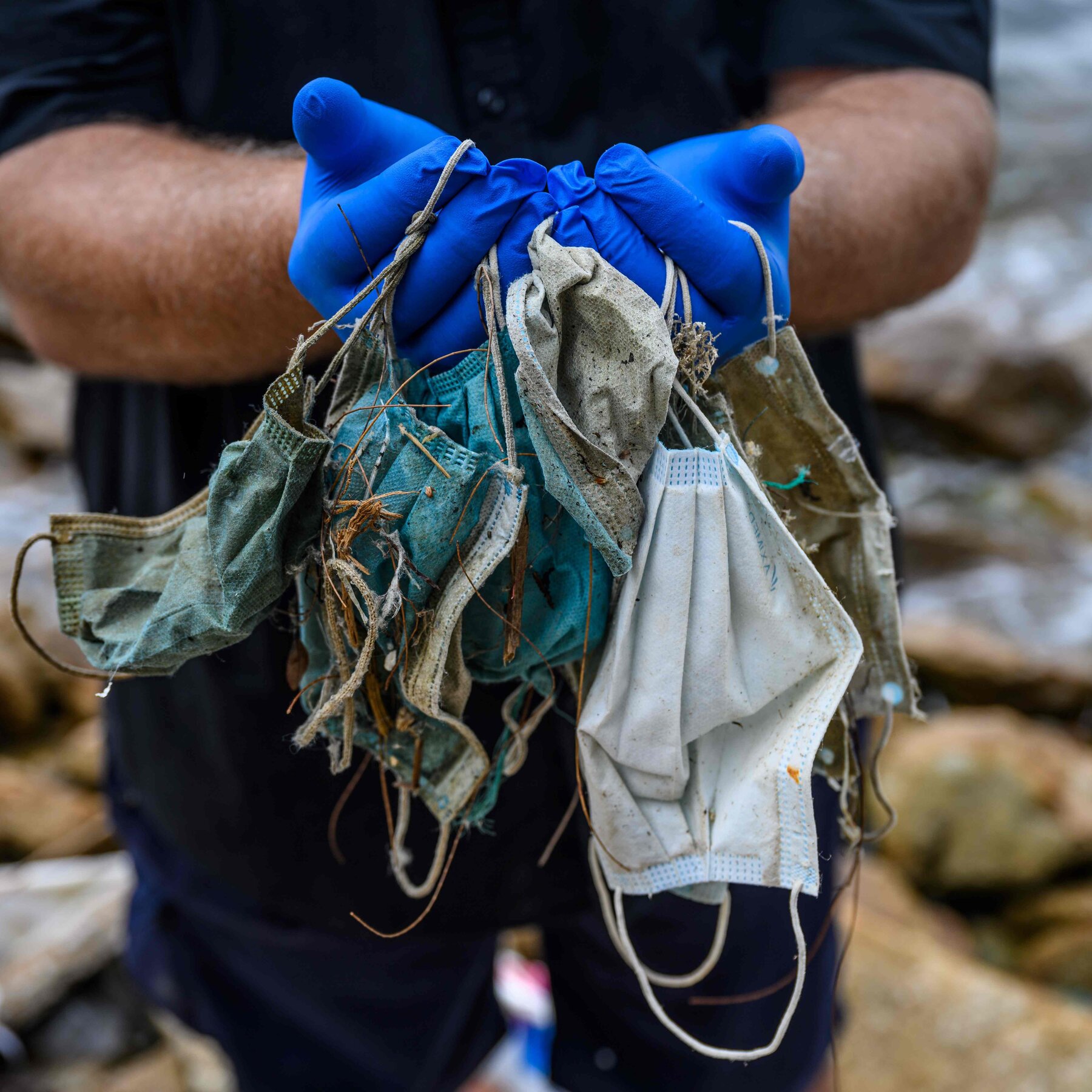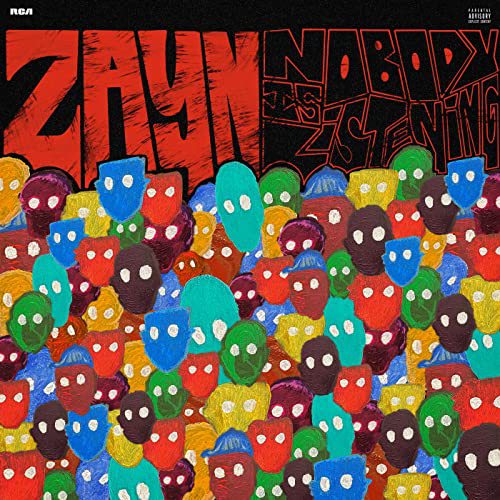Face masks are now a legal requirement in many public spaces around the world due to the spread of COVID-19. Although millions of people are told to use face masks, little guidance has been given on how to dispose of or recycle them safely, causing hundreds of thousands, even millions, of single-use masks to be dumped outdoors and in the oceans. Without better disposal practices, an environmental disaster is looming.
The United Nations Environment Program (UNEP) expects that around 75% of the masks used, along with other pandemic waste, will end up in landfills or floating in the sea. In addition to environmental damage, UNEP estimates the financial cost of around $40 billion in areas such as tourism and fisheries.
Most disposable masks are made from long-lasting plastic materials and, if discarded, can remain in the environment for decades to hundreds of years. Three layers of material are needed for masks to be effective. That’s fine for the textile-produced face masks, wherein the three fabric of those worn by the public, three layers of plastic, including polypropylene, are used as well as a strip of metal to grip around the nose.
Due to the large disposal of medical masks, animals and plants are being affected over the medium to long term. Plastic waste can smother environments and break up ecosystems through its sheer mass. Some animals are incapable of discerning between plastic objects and their prey, subsequently choking on pieces of litter. Even if they do not choke, animals may become malnourished as the material fills their stomachs while not provide any nutrients. Smaller animals may also become entangled in the elastic inside masks or gloves as they begin to break apart.
Plastics will break down into smaller pieces over time, and the longer the litter is in the environment, the more it will decompose. Plastics first break down into microplastics and eventually into smaller nano plastics. These tiny particles and fibers are often long-lived polymers that can accumulate in food chains. Only one mask can produce millions of particles, each with the potential to carry chemicals and bacteria up the food chain and potentially even to humans.
Mask pollution has also posed a huge threat to oceans and marine life by increasing plastic pollution – adding up to eight million tons of plastics entering the sea every year. Over 13 million tons of plastic go into the oceans each year, according to the UN Environment estimate from 2018. The Mediterranean sees an annual flow of 570,000 tons of plastic – the amount that the World Wildlife Fund (WWF) has described as equivalent to dumping 33,800 plastic bottles every minute into the sea.
These figures are likely to increase significantly as countries around the world confront the coronavirus pandemic.
So the question remains, what can we do from now on to prevent mask pollution?
First, we should start using reusable masks with no disposable filters. They have to be machine washed regularly, following the instructions for the fabric. Also, if you need to use a disposable mask, take it home (maybe in a bag if you need to take it off) and put it straight into a lidded bin. If that’s not possible, place it in a public bin. Also, don’t put disposable masks in the recycle because they can get caught in specialized recycling equipment and can cause a potential biohazard for waste workers.
And whatever you do, don’t litter them!














